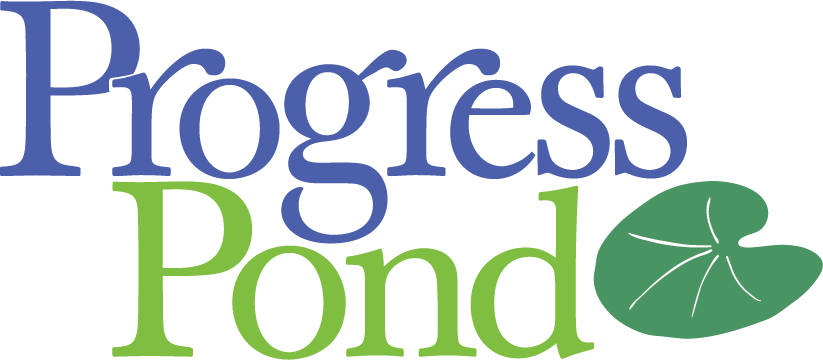Hey, yo, yung folk! Pay attention, yo.
The Obama administration is proposing to tighten oversight of for-profit colleges through new rules that seek to limit how much debt students can amass in career-training programs.
The proposal, to be announced Friday, is the administration’s second try at regulations setting standards for what colleges must do to ensure graduates of career programs obtain “gainful employment.”The first gainful employment initiative, debated from 2009 to 2011, spawned a huge campaign by for-profit colleges to block new regulation. The colleges, supported by many congressional Republicans and some Democrats, said at the time that they had been unfairly targeted and that the initiative would hurt low-income students.
Obama administration officials said that they were trying to protect those students from low-quality programs that would saddle them with too much debt.
The Education Department issued a rule in 2011 that set standards for loan repayment rates and the ratio of graduates’ debt to income. Programs that failed the tests were in jeopardy of being disqualified from participation in the federal student aid, which would essentially shut them down.
But a federal judge in 2012 blocked major provisions of that rule, forcing the department to start over.
The new proposal jettisons the repayment-rate metric. Instead, it would require that the estimated annual loan payment of typical graduates not exceed 20 percent of discretionary income or 8 percent of total income. Also, it would require colleges to ensure that the loan default rate for former students does not exceed 30 percent. Like the earlier regulation, the proposal threatens to shut low-performing colleges out of federal student aid programs.
The proposal, which now enters a period of public review, would cover thousands of programs at for-profit colleges as well as non-degree programs at public and private nonprofit colleges.“To be clear, we think the majority of gainful employment programs out there would pass these metrics,” Education Secretary Arne Duncan told reporters. But many, he said, particularly at for-profit colleges, would not. He said the proposal in some ways is “possibly a little tougher, and more thoughtful and more accurate,” than the first attempt.
“This rule is designed both to identify those programs that are doing a good job and target those that are failing both students and taxpayers,” Duncan said.
The industry assailed the proposal.
Green Lantern, trying to get things done for you in this crazy town.



Those “free market capitalists” that take federal funds from students who qualify for financial aid don’t seem to have a problem with the practice when it helps their bottom line; “Just good business”. I would love to see a comparison of placement rates and profit statements for these “schools”.
A lot of this goes back to the distinction between capitalism and speculation, which our modern champions of the free market seem to have no concept of. If there is such a thing as honest capitalism, it has to do with getting together a certain amount of capital and using it to do something useful: sending a ship to India, building a pin factory, building Model Ts.
But wherever and whenever there has been capitalism, there has always been its parasitic twin, speculation, which is about gaming the system in order to profit without doing anything useful.
It starts with speculating in stocks, of course, but as a capitalist economy becomes more and more complex there will necessarily be more and more ways to game the system. If you’re not careful, you might wind up in a place where most of what passes for capitalism is just speculation. Of course the speculators have to pose as “free market capitalists” to keep the scam going, but here we are.
Someone please remind me why we dismantled California’s world leading higher education programs that were providing affordable learning and fueling the US’s world leading industries and services? Oh yeah that’s right…Reagan.
The answer is not more regulation. The answer is providing a better and more affordable product through public institutions.
What was considered patriotism in the 60s is now derided as socialism by the idiots.
http://www.dissentmagazine.org/article/from-master-plan-to-no-plan-the-slow-death-of-public-higher-e
ducation
“The answer is providing a better and more affordable product through public institutions.”
Someone please tell me if I’m wrong, but how much of that is in the control of the federal government? Isn’t providing better public education primarily the responsibility of the states? I don’t pay close attention to California politics, but they seem to be doing a lot of things right these days. Maybe they can make a difference on education, too.
In the meantime, these new proposed regulations sound pretty good to me.
K-12 or post-secondary? Pre- or post- Brown v. the Board of Education? Is “providing better public education primarily the responsibility” of states or local school districts at the K-12 level?
Education has long been a brew of socio-cultural, economic, political, and institutional power. Consider the once forward looking California:
University of California at both the individual campus and statewide Regents level had more operational power than the state government. Community colleges were and remain at the bottom of the totem pole for state funding:
A high price has been paid for that cost effectiveness. With multiple missions (including serving as feeder colleges – “Twenty-nine percent of University of California and 51 percent of California State University graduates started at a California community college”) and restricted budgets, it’s been a constant struggle of them meet the demand. The have used every form of cost cutting — increased class size, part-time instructors, fewer and/or wait-listed vocational programs, higher fees, etc. The increasing percentage of high school graduates also increased the demand at the community college level.
The subsequent drop in high school graduation rates (66% by the late 1990s) was the education canary in the coal mine. But it was ignored or welcomed as rationale for school cost cutting. Increasing the ranks of the unemployed and unemployable is more “collateral damage” in the exceptionally unequal USA.
Oops — neglected to include that it’s those proprietary vocational schools that filled in the gaps left by underfunding high schools and community colleges. High price and low value and mostly paid for by the public. It’s been a great scam for the operators of those schools; continuing public funding source and little to no public oversight. (Seen any parents groups demonstrating against the shoddy education these schools provide?)
Where does anyone think the model for charter schools originated?
It was California (and New York and Ohio and Michigan and etc.) that screwed up its higher education system under the pressure to cut taxes, not the federal government, and no doubt they should fix it up. Meanwhile regulation is very much what the feds need to do. The abuses (notably of veterans and the poor and minorities are really pretty shocking.
Were the rules, in fact, too arbitrary? As I’ve said before, Obama’s policies on post-secondary education — if he had full reign — are actually pretty decent; nothing like his K-12 plans.
Hell, there shouldn’t even be a for-profit college “industry.” There’s just no way you can siphon off funds in the form of profits without compromising the quality of the education you’re providing. For-profit colleges should really be barred from participating in federal student aid programs altogether.
This is the same Arne Duncan who wants to privatize pre-post-secondary education, so to speak?
I think we really need to rally around the for-profit colleges, just to stick it to Duncan.
First, can someone explain the Green Lantern reference?
Secondly, I have a problem with this. For profit colleges and universities aren’t all a problem. There are some that are bad actors but then there are some public and non-profits that are bad too.
All schools are in some way driven by profit they just end up being called different things, for example “endowments”
Treat all schools the same, improve all outcomes, and students will all be better for it. Turning the screws on one part of the higher education industry isn’t right. There wouldn’t even be for profit colleges if we didn’t fuck up the public education system so we as a country need to look at ourselves if we don’t like for profit companies running schools.